If you’re facing thinning hair, bald spots, or a receding hairline, there’s hope. Laser hair regrowth treatment is here to help. It works by making hair follicles stronger, improving blood flow to the scalp, and stopping hair loss in its tracks. This method is non-invasive, meaning it’s painless and doesn’t require any time off work.
In countries like Thailand, up to 40 percent of people struggle with hair loss. Early action is key, especially when you start losing more than 70 to 100 strands a day. This should prompt you to seek help right away.
Key Takeaways
- Laser hair regrowth treatment offers a non-invasive hair solution for hair loss.
- Stimulation of hair follicles and increased blood supply to the scalp are crucial benefits.
- Individuals with early-stage hair loss see visible results after a few months of treatment.
- Maintaining a healthy lifestyle significantly supports hair restoration efforts.
- The iRESTORE laser hair growth system is a popular choice with over 26,000 reviews.
What is Laser Hair Regrowth Treatment?
Laser hair regrowth treatment uses low-level laser therapy (LLLT) to fight hair loss. It targets hair follicles to make hair thicker and stronger. This method is non-invasive and helps the scalp stay healthy.
LLLT uses cold lasers to send infrared light into the scalp. This light helps hair grow better and makes hair thicker and more dense.
Many people lose hair, especially men and women over 40. Laser hair therapy is a good option for them. It costs about $57 per session. After six months, 87.5% of women saw better hair density and thickness.
Using LLLT for a year costs between $3,500 to $5,000. You can use laser helmets or combs at home, starting at $169. The best results come from choosing the right wavelength and power.
LLLT is safe and FDA-approved. It’s not painful. After three to six months, it can stop or slow hair loss and grow new hair. A study showed it works well for both men and women, making hair thicker and more dense.
Laser hair regrowth treatment is a good choice for those looking for a natural way to fight hair loss.
| Treatment Type | Cost | Effectiveness | Duration |
|---|---|---|---|
| In-Office LLLT | $75 per session | Significant regrowth, density | 3-6 Months |
| At-Home LLLT Devices | $400 – $2000 | Improved hair health | Continuous |
The Science Behind Laser Hair Restoration
Laser hair restoration is a modern solution for those facing hair loss. It’s based on advanced science, showing its great potential and effectiveness.
Low-Level Laser Therapy (LLLT)
Low-Level Laser Therapy (LLLT) is key in many laser hair growth devices. It uses certain light wavelengths to wake up hair follicles. This puts them into the growth phase, called the anagen phase.
A study found that laser therapy increased hair growth by 39 percent in 41 men aged 18 to 48 over 16 weeks.
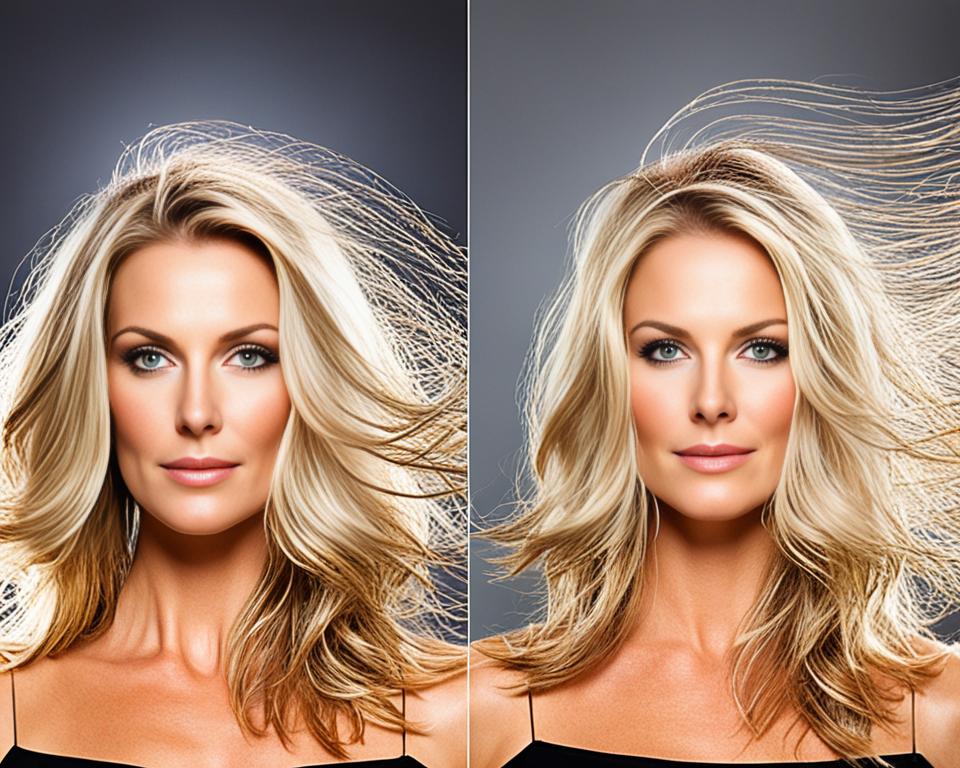
Blood Flow Enhancement
Laser hair restoration boosts scalp blood circulation. This means more blood reaches hair follicles, bringing them the nutrients they need. This leads to thicker, healthier hair.
Research shows that better blood flow helps reduce inflammation. This is good for hair growth.
Cellular Metabolism
Laser therapy helps hair follicles at the cellular level. It gives them the energy they need to grow. Studies show that certain light wavelengths boost cellular activity.
This means follicles are more active and can stay in the growth phase longer. This leads to healthier hair growth.
Benefits of Laser Hair Restoration
Laser hair restoration has many benefits for those dealing with hair loss. It ensures safe hair growth and helps with scalp rejuvenation. It also offers big hair restoration advantages.
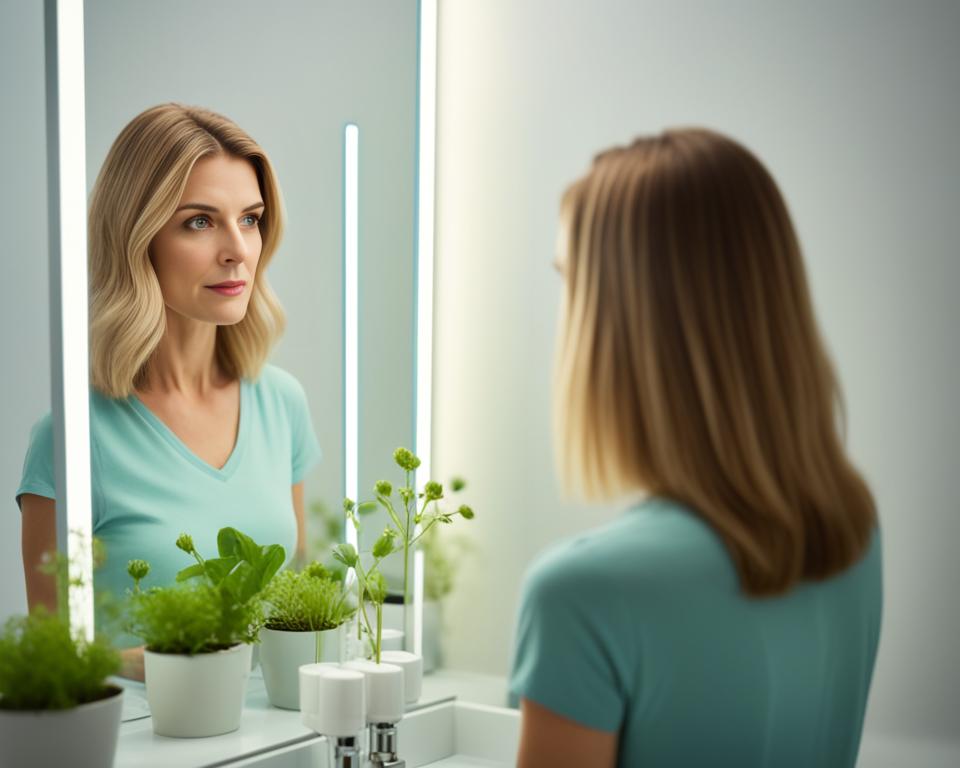
Non-Invasive Procedure
This method is non-invasive and painless. It doesn’t require surgery or recovery time. This makes it a great choice for those wanting a quick and easy treatment.
Stimulates Hair Follicles
Laser hair restoration boosts hair follicles by improving blood flow to the scalp. Research shows that certain growth factors help hair grow. These factors make hair follicles healthier and stronger.
Prevents Hair Loss
This therapy also stops hair loss from getting worse. It fights conditions like androgenetic alopecia, making hair look better. People often see their hair looking fuller, shinier, and more elastic, reversing balding signs.
Ideal Candidates for Laser Hair Regrowth Treatment
Knowing who is best for laser hair regrowth treatment is key for those looking for hair loss solutions. The right candidate depends on the hair loss stage and the patient’s commitment to the treatment.
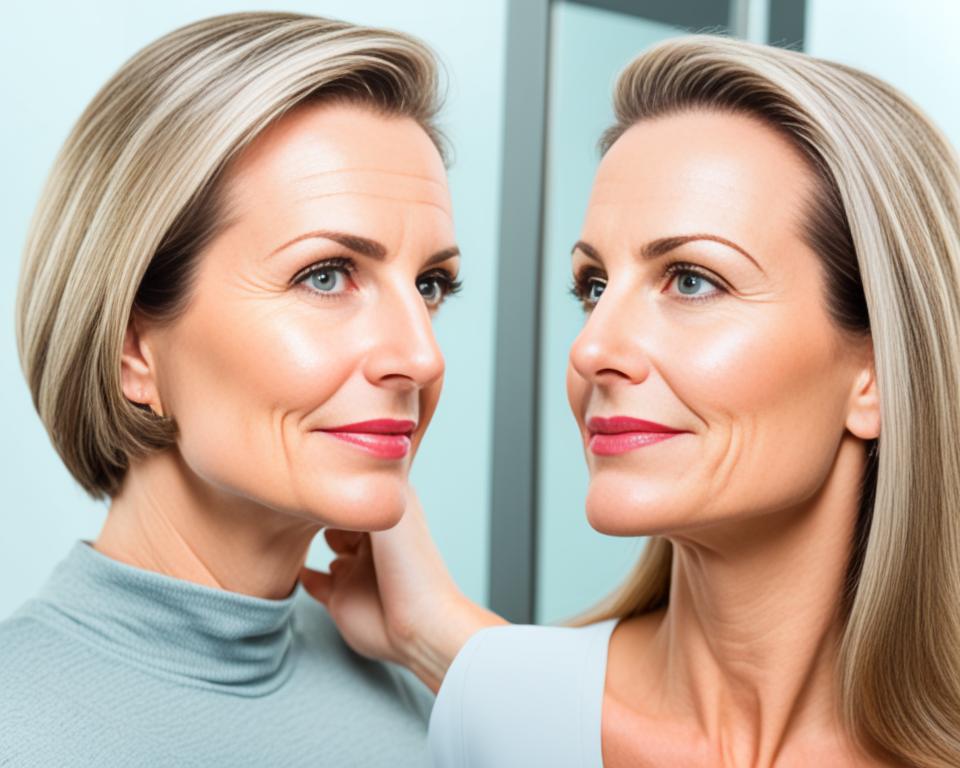
People with early to advanced stages of hair loss can greatly benefit from this treatment. Modern lasers work well with different skin and hair colors. However, those with lighter hair may need more sessions for best results. So, treatment candidacy isn’t limited by race but by the individual’s hair and skin type.
Ideal candidates often have:
- Male-pattern baldness
- Hair loss from burns or trauma
- Lack of facial hair
- Loss of eyebrows or eyelashes
It’s important to talk to specialists to see if you’re a good fit for suitability for laser therapy. Other factors like medical conditions and realistic expectations also play a role. Those with severe conditions like alopecia or trichotillomania might need different hair loss solutions.
Also, remember that laser hair regrowth treatment needs regular use to work well. It’s more effective for those who still have some hair than for those who are bald.
A personalized consultation can give insights into treatment candidacy. Specialists can help pick the best hair loss solutions for fuller, healthier hair by looking at various factors.
Top Laser Hair Growth Devices
Looking into hair regrowth technology shows many FDA-cleared laser devices for home use. Let’s dive into some top picks.
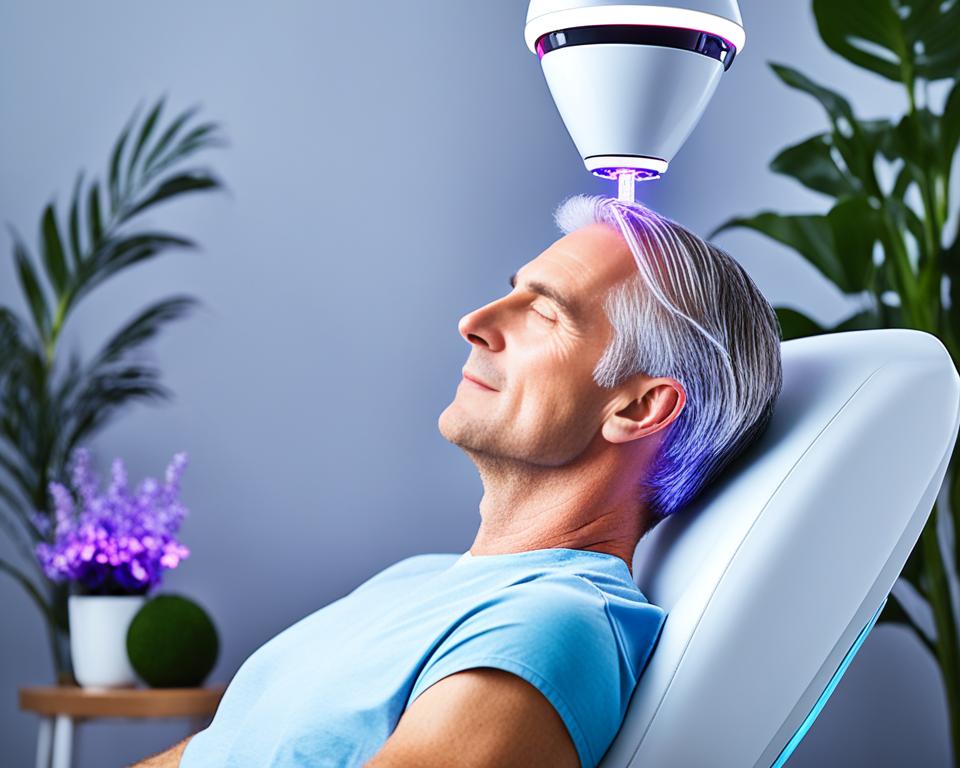
HairClub Ultima 12 Laser Comb
The HairMax Ultima 12 LaserComb is easy to use at home. It costs $399 on Amazon. This device helps stimulate hair follicles for thicker and fuller hair. Users see big improvements, even complete hairline restoration in some cases, when used with PRP treatment.
HairMax LaserBand 82
The HairMax LaserBand 41 costs $549 and is sold at Dermstore, Nordstrom, and Saks Fifth Avenue. It aims to boost hair growth by covering more of the scalp. People often notice their hair getting stronger and thicker.
CapillusUltra Mobile Laser Therapy Cap
The CapillusUltra Mobile Laser Therapy Cap is great for those who are always on the move. It’s $630 on Amazon. This cap lets users keep up with their laser treatment anywhere, anytime.
HairClub X Plus (244 Diodes) Hair Regrowth Laser Cap
The HairClub X Plus is a top-tier option at $3,000 on zieringmedical.com. It has 244 diodes for a wide scalp coverage. This device is great for severe hair loss, offering significant growth and better scalp health with regular use.
In summary, FDA-cleared laser devices offer many options for home use, fitting different needs and budgets. Whether you want the CapillusUltra Mobile Laser Therapy Cap or the HairClub X Plus, these devices use advanced technology for great results.
Preparing for Your First Treatment
Getting ready for laser hair regrowth treatment starts with a key pre-treatment consultation. This meeting helps check your hair’s condition and tailor a treatment plan just for you. It’s crucial for getting the most out of the therapy and meeting your specific needs.
Consultation Requirements
At your pre-treatment consultation, a specialist will look at your scalp and hair. They’ll check your hair density, texture, and scalp health to spot any issues. It’s important to share your medical history, current meds, and past hair treatments. This info helps plan your laser therapy and make sure it’s right for you.
Pre-Treatment Steps
After your consultation, you’ll need to get your scalp ready. Here are some steps to follow:
- Avoid sun exposure and use sunscreen to protect your scalp from UV rays for at least seven to ten days before treatment.
- Don’t use self-tanners for four weeks before your appointment to avoid burns or blisters.
- Make sure your scalp is clean and free of hair products on treatment day for better laser penetration.
- Stay away from hair treatments like coloring or perming a week before your session.
These steps are key to making sure your scalp is ready for the laser hair regrowth treatment. They help make the treatment more effective and lower risks.
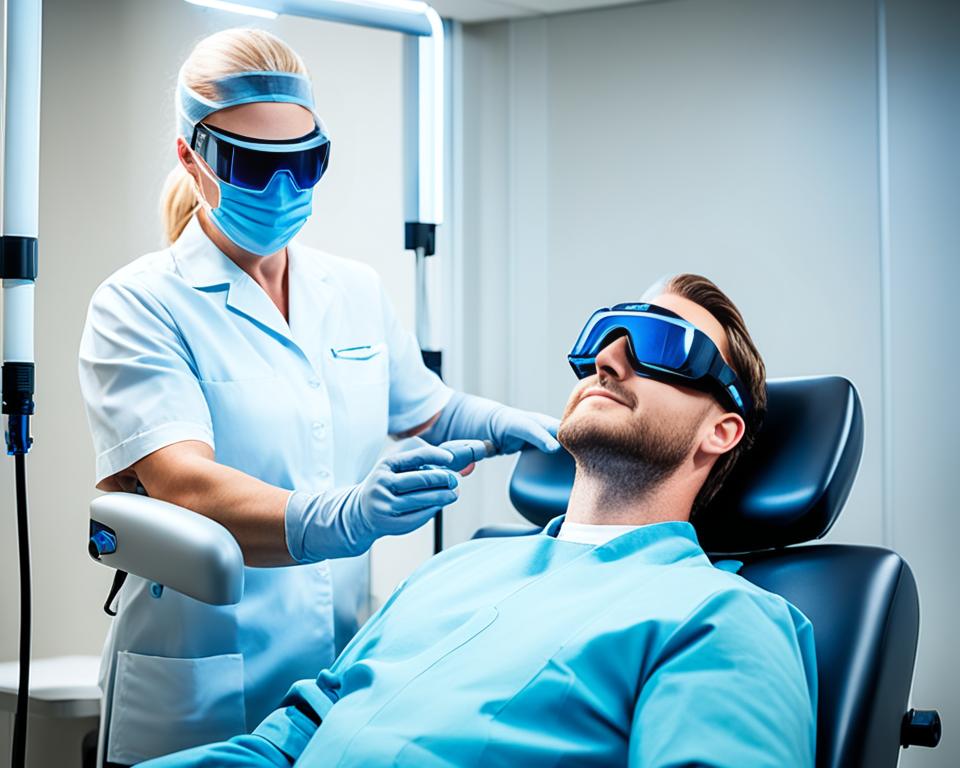
Getting ready for your first laser hair regrowth treatment is important. From the first consultation to following the recommended steps, it can greatly improve your results and make the process smoother.
The Treatment Process
The laser treatment procedure for hair regrowth is easy and straightforward. It starts with a detailed consultation to understand your hair loss patterns. This helps create a customized plan for each hair regrowth session.
After setting up your plan, you’ll have regular treatment sessions over several months. Each session is quick and doesn’t hurt, lasting 15 to 30 minutes. During this time, low-level laser light is applied to your scalp.
This non-surgical hair solution boosts cellular respiration and increases blood flow to your hair follicles. This helps promote regrowth and stops hair loss in treated areas.
Statistics show how well this treatment works. For example:
| Gender | Vertex Area Hair Regrowth | Frontal Area Stabilization | Frontal Area Hair Regrowth |
|---|---|---|---|
| Men | 82.8% | N/A | 84.6% |
| Women | 64% | 87.5% | 75% |
Devices like the Alma TED and Capillus Low Level Laser cap are used. They use advanced technology for effective results. With over 30 years of success in Europe and FDA-clearance, patients can trust the safety and effectiveness of their laser therapy sessions.
These treatments do more than just stop hair loss. They also promote new hair growth. This makes them a great non-surgical hair solution for anyone wanting to improve their hair health and look.
In-clinic treatments cost between $1200 to $3500 per year. Hand-held devices for home use are more affordable, priced between $295 and $495. With significant hair regrowth reported by both men and women, investing in a laser treatment procedure is a smart choice for long-term results and confidence.
Post-Treatment Care
After your laser hair therapy, taking good care of your scalp is key for the best results. This means paying attention to your scalp right away and keeping up with maintenance to help hair grow continuously.
Immediate Care
Right after your laser treatment, make sure to follow these steps:
- Avoid Hot Showers: For at least 24 hours, avoid hot showers or baths to prevent irritation.
- Gentle Scalp Care: Use a mild, sulfate-free shampoo to keep your scalp clean and free of harsh chemicals.
- Stay Hydrated: Drink lots of water to help your body heal.
- Sun Protection: Stay out of the sun for at least two weeks and use a zinc oxide sunscreen (SPF 30+) every day.
For the first 72 hours, you might see redness, bumps, or swelling. This is normal and can be fixed with over-the-counter hydrocortisone cream, cold packs, and antihistamines.
For more details, check out this post-laser treatment guide.
Long-Term Maintenance
To keep hair growing, stick to a routine and follow your hair specialist’s advice:
- Adhere to Treatment Schedules: Keep up with laser treatments every 4-6 weeks for the best results.
- Healthy Diet: Eat a balanced diet full of vitamins and minerals to help your hair stay healthy.
- Scalp Massages: Massage your scalp often to improve blood flow and support hair follicles.
- Use of Supplementary Products: Think about using products like minoxidil to help your hair grow even more.
A 2020 study showed that new laser technology makes treatments work better for different skin tones. For more tips on caring for your hair therapy results, see this guide.
Checking in with your specialist often helps make sure your treatment is working well for hair growth.
| Factors | Recommendations |
|---|---|
| Interval Between Treatments | 4-6 weeks |
| Redness and Swelling | Manage with hydrocortisone cream, cold packs |
| Sun Exposure | Avoid for at least two weeks; use SPF 30+ |
| Diet | Maintain a balanced diet |
Expected Results and Timeline
Understanding the timeline and the treatment prognosis for laser hair regrowth treatments is key. Most people see hair regrowth in three to six months with regular treatment. This can change based on how severe hair loss is and how well you respond to treatment.
For a better view, here are some stats: Women usually need six laser treatments, and men need eight. With this, up to 80% less hair growth can be seen. Hair thinning and patchiness start to show within 5-19 days after each session. This shows a slow decrease in hair growth from the first to the sixth treatment.
It’s important to get maintenance top-ups every three to twelve months to keep the results. This keeps the hair regrowth going. The full course takes from six to nine months, making the treated areas smooth and hair-free by the fifth session.
Laser hair regrowth sessions can be as short as five minutes or up to thirty minutes. This depends on the area being treated, your skin type, and how coarse your hair is. Remember, hair growth can be affected by hormones, genetics, pregnancy, and medical conditions.
The laser cap can last up to five years with proper use. After the treatment series, hair may grow back after several months or years without upkeep. For more info, check out this laser hair regrowth timeline.
To sum up, here’s a detailed table on the treatment prognosis and growth expectancy:
| Factor | Details |
|---|---|
| Minimum Treatments (Women) | 6 sessions |
| Minimum Treatments (Men) | 8 sessions |
| Expected Hair Growth Reduction | Up to 80% |
| Maintenance Top-Ups | Every 3-12 months |
| Total Duration | 6-9 months |
| Session Length | 5-30 minutes |
| Smoothing Effects | After the 5th session |
| Regrowth Factors | Hormones, genetics, medical conditions |
For a full understanding of when to see hair growth results and more about laser hair regrowth treatment, check out this growth expectancy overview.
Research and new laser therapy devices are improving treatment outcomes. This treatment prognosis shows how effective these solutions are for men and women with pattern baldness. Success depends on how well you use the device, its wavelength, and following treatment advice.
Combining Laser Therapy with Other Treatments
Using Low-Level Laser Therapy (LLLT) with other treatments can make hair regrowth better. This approach offers a full solution for those facing hair loss. Studies show that combining LLLT with Minoxidil and Finasteride works better than using them alone.
Minoxidil
Minoxidil is known for helping hair grow. When paired with LLLT, it helps even more. In fact, 25% of patients saw big improvements. This mix of Minoxidil and LLLT works well together to fight hair loss.
A study found that using both treatments together led to a higher score on a hair growth scale. This shows how well they work together.
Finasteride
Finasteride is used to treat Androgenetic Alopecia. Adding it to LLLT also improves results. Like Minoxidil, it helps stop hair loss and make new hair grow.
In one study, 62.5% of patients got better with both treatments. This shows how well these treatments work together.
Topical Treatments
Topical treatments are key to making laser therapy work better. The Triple Therapy, which includes Minoxidil, Help Hair Nutrients, and LLLT, is very effective. It’s three times more powerful than any one treatment by itself.
Experts often suggest this full approach for better and lasting hair growth. It works well for different patients, offering hope for those with hair loss.
Source Links
- Low-level laser treatment can stimulate hair follicles and hair growth, expert finds
- Hair Restoration – Rejuvenate Wellness & Med Spa
- iRESTORE Laser Hair Growth System | FDA Cleared | Over 25,000 Reviews
- Low Level Laser Therapy for Hair Loss | BHRC Medspa Blog
- Lasers for Hair Regrowth: Experts Share Their Insights
- LLLT: Hype vs. Reality | Ohio Facial Plastics
- Laser Treatment for Hair Loss: Does It Work?
- Role of Low-Level Light Therapy (LLLT) in Androgenetic Alopecia
- Low-Level Laser (Light) Therapy (LLLT) for Treatment of Hair Loss
- Laser-assisted Hair Regrowth: Fractional Laser Modalities for the Treatment of Androgenic Alopecia
- Does Laser Therapy for Hair Loss Work?
- Do Laser Hair Caps Really Work? – Houston Hair Transplant
- Who is a good candidate for laser hair removal? | Nicole Norris MD Medical Spa
- Am I a Good Candidate for Hair Restoration? | Restora Austin
- Laser Hair Therapy | National Hair Centers
- Can a Device Really Make Your Hair Grow? I Asked a Derm
- Red Light Therapy for Hair Growth Is Trending—These Are the Devices Pros Recommend
- 9 Cutting-Edge Devices That Help With Hair Growth and Thinning
- How to Prepare For Laser Hair Removal
- Laser hair removal – Mayo Clinic
- How To Prepare For Your First Laser Hair Removal Treatment
- Laser Hair Therapy – We Grow Hair Indy
- Does Laser Hair Growth Therapy Work?
- Laser Therapy Hair Restoration | Non-surgical | Ziering Medical
- Laser Hair Removal Pre & Post Treatment Care
- Laser Hair Removal Aftercare: Do’s, Don’ts, When to Seek Help
- Postcare LHR
- Laser Hair Removal Timeline | What can you expect? | HC MedSpa
- A Timeline For Laser Hair Removal Treatments
- How Long Does It Take To See Laser Cap Results? – New Jersey Hair Restoration Center
- Use of Low-Level Laser Therapy as Monotherapy or Concomitant Therapy for Male and Female Androgenetic Alopecia
- Laser Hair Growth Therapy
- Minoxidil Combined With Laser Treatment Improves Hair Condition in Androgenetic Alopecia
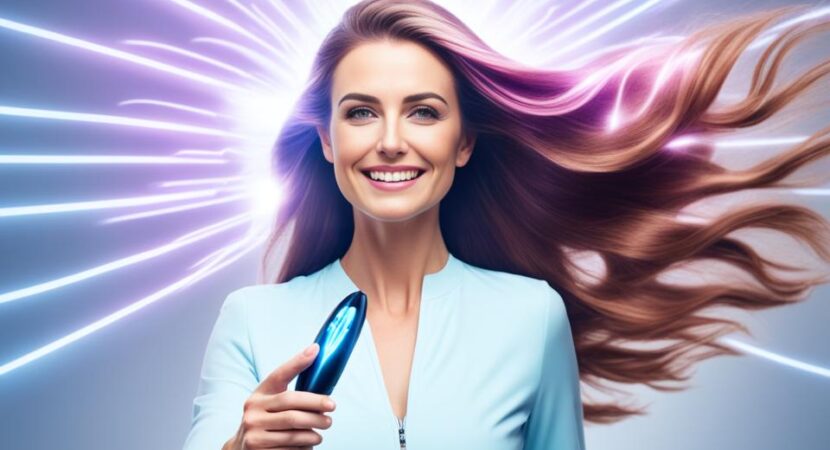
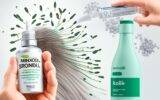
Reply